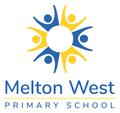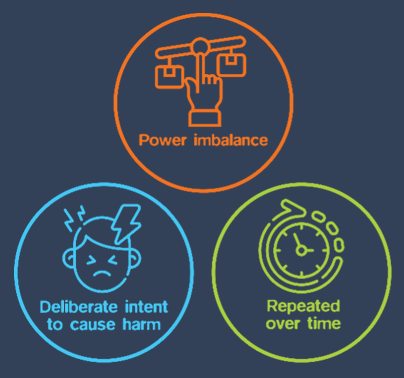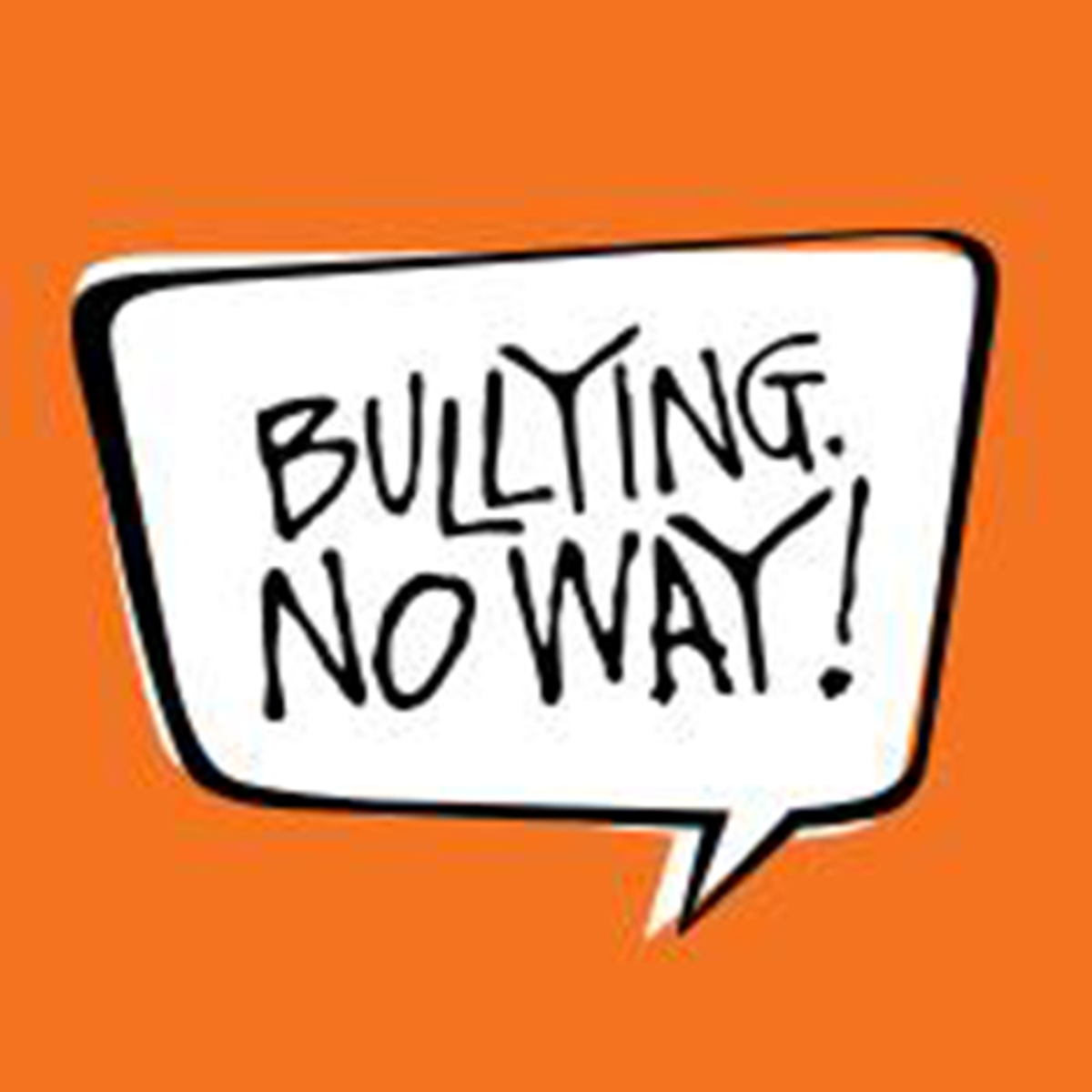Mental Health & Wellbeing Report

“Every day in a hundred small ways our children ask, ‘Do you see me? Do you hear me? Do I matter?’ Their behaviour often reflects our response.” – L. R Knost
Dear Parents/Carers,
The “National Day of Action against Bullying and Violence” is Friday 18th March. Our school will be participating in this day by having a free dress day where staff and students are encouraged to wear orange. I will also share some classroom resources with teachers so students will have the opportunity to partake in anti-bullying and awareness activities.
At Melton West Primary School, planning for a safe and supportive school community requires a whole-school community approach. To achieve this, our whole-school community must share an understanding of the definition of bullying. Bullying. No Way! provides the national definition of bullying for Australian schools.
Bullying is an ongoing and deliberate misuse of power in relationships through repeated verbal, physical and/or social behaviour that intends to cause physical, social and/or psychological harm. It can involve an individual or a group misusing their power, or perceived power, over one or more persons who feel unable to stop it from happening. Bullying can happen in person or online, via various digital platforms and devices and it can be obvious (overt) or hidden (covert). Bullying behaviour is repeated, or has the potential to be repeated, over time (for example, through sharing of digital records). Bullying of any form or for any reason can have immediate, medium and long-term effects on those involved, including bystanders. Single incidents and conflict or fights between equals, whether in person or online, are not defined as bullying.
3 key characteristics outlined in the national definition of bullying distinguish bullying behaviours from other forms of peer aggression behaviours which do not constitute bullying. The key characteristics are of bullying include:
#bullyingnoway
While the following behaviours of peer aggression do not constitute bullying, these behaviours may still be serious and require intervention at home and at school:- Arguments and disagreements (where there is no power imbalance)- Single acts of social rejection or meanness, or- Isolated incidents of aggression, intimidation or violence.
It is important for our whole-school community, including our staff, parents, carers and students to have a clear understanding of the definition of bullying to be able to distinguish these behaviours from peer aggression, and correctly identify and respond to incidents of bullying. Knowing the types of bullying behaviour can also help you identify if the incident is bullying, or peer aggression. While neither of these behaviours are tolerated at our school, they do require different management strategies, and the first step for responding is to correctly identify the behaviour.
If you have concerns that your child is being bullied, please contact the classroom teacher, Mrs Costa or Mrs OConnor. If you believe the behaviour constitutes a crime, or is a serious incident of cyberbullying, please refer to the Bullying. No Way! website for information on how to report to other authorities and gaining further help.
Resources:Melton West Primary School Bullying Prevention Policy https://meltonwestps.vic.edu.au/wp-content/uploads/2021/05/Bullying-Prevention-Policy-June-2020.pdf
Bullying. No Way! Websitehttps://bullyingnoway.gov.au/understanding-bullying
Kind Regards,
Vanessa Moore
Mental Health and Wellbeing Coordinator (MHWC)




